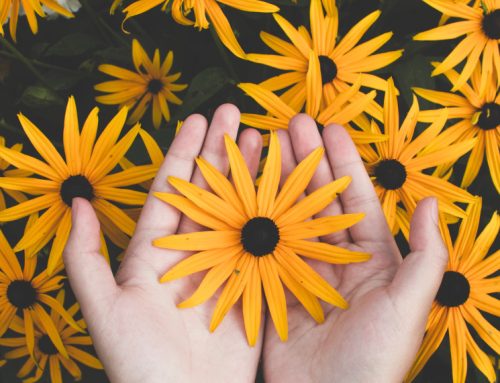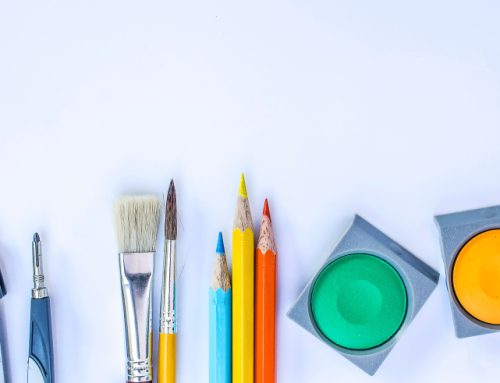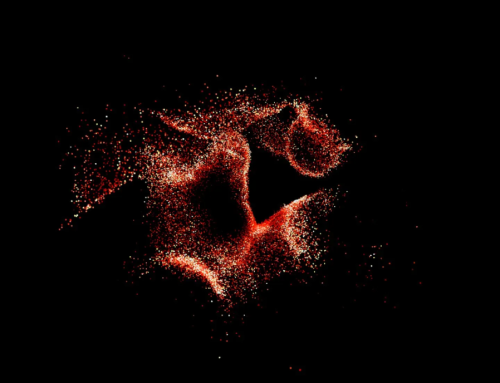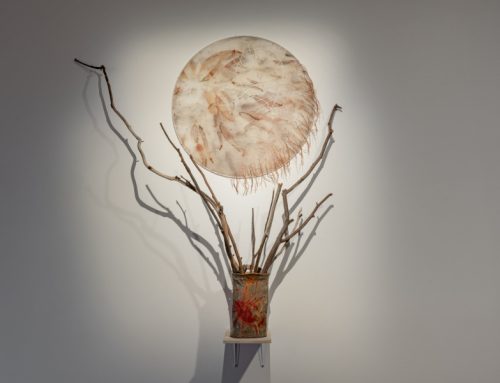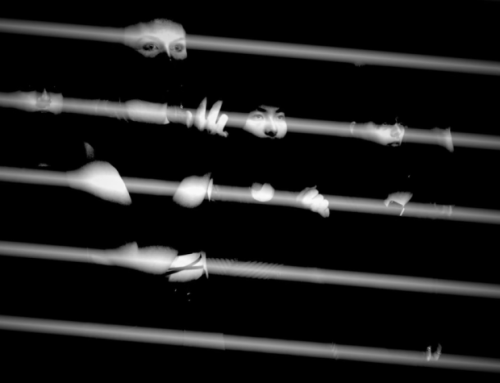Artist and photographer Paul McDonald was commissioned by The Dax Centre and Bridging Hope Charity Foundation to produce and exhibit his first major solo exhibition ‘resonance’, in response to selected works from the Cunningham Dax Collection of artworks created by patients from psychiatric hospitals. Paul describes his own journey in producing his works focusing on male mental health.
Many of the works from the Cunningham Dax Collection were created by patients being treated in art therapy programs in psychiatric hospitals in Victoria from the 1940s to the 1970s. The Collection of over 16,000 works include works on paper, canvases, photographs, textiles, sculptures, installations, artists’ books and diaries, digital media and films (more information about the collection can be found here: https://www.daxcentre.org/collection/).
As the focus of my own practice is often focused on the mental health of men, I requested The Dax Centre show me works created by male artists from the collection. I requested that the selection be informed by a paragraph from the book ‘Memoirs of Hadrian’ (Marguerite Yourcenar, 1955):
“Like everyone else I have at my disposal only three means of evaluating human existence: the study of self, which is the most difficult and most dangerous method, but also the most fruitful; the observation of our fellow men, who usually arrange to hide their secrets from us, or to make us believe that they have secrets; and books, with the particular errors of perspective to which they inevitably give rise.”
I was shown 36 works from the collection, from which I selected 6 for exhibition. My photographs respond to these works. I was initially drawn to the works from the collection as they felt like time stamps of my own life – times in which I have reflected upon my own experiences and had to process loss and trauma. The authors of the works are often unknown, and although displayed with the contemporary works at the exhibition, out of respect to these artists, the works are not published here. However, as a point of reference, other works from known artists from the collection can be viewed under this link: https://www.daxcentre.org/collection/.
Cherie McNair was engaged as the curator of the exhibition and worked alongside me during the research and the creation of the work. ‘resonance’ was a collaborative project and Cherie describes the exhibition of the ‘resonance’ works as follows:
“McDonald has considered a range of perspectives; the individual, their mental health and the role of society in acknowledging and managing mental illness, he draws attention to the unheard voices of the artists and considers his own photographic archive and lived experience of mental health concerns. Paul’s photographic archive and new work functions as case-sheets, much like those of the Cunningham Dax Collection works. However, he is conscious of the sociological, psychological, spiritual, education and medical aspects of the process of production and the act of exhibiting the final result.”
In creation of the new works, I went to a ‘space’ both physically and mentally, in which I have experienced loss, anxiety or had to face my own personal challenges of mental health. Drawing upon these feelings, the work was created. I did not go into a dark or uncomfortable head space to create the work. It was quite the opposite. I felt comfortable and relaxed exploring these feelings. In some ways, I felt in control and there was closure.
I am inspired by words and music whilst creating photographic works. During the project, a book of Chinese poems was gifted to me. I responded to the poem ‘Crane’, which became a proxy voice for the work.
Crane
Every man has his leaning
Nothing is ever perfect
Who can say that when you dance
You look less well than standing
Bai Ju Yi (722-846 CE)
 I am drawn to nature to present a visual dialogue around masculinity and mental health. The human form in the landscape intrigues me. The landscape functions as a metaphor for state of mind. Often the emptiness within the space is a metaphor for loss, stillness and mindfulness. The ocean, as a kind of baptism, both takes and gives life.
I am drawn to nature to present a visual dialogue around masculinity and mental health. The human form in the landscape intrigues me. The landscape functions as a metaphor for state of mind. Often the emptiness within the space is a metaphor for loss, stillness and mindfulness. The ocean, as a kind of baptism, both takes and gives life.
My artistic practice is essential for my well being and own mental health. Collaboration, community engagement and the display of works are all part of the creative process. The conversations and encounters with my participants and audiences help me understand my own thoughts and are essential to the development of my practice.
It can be challenging for some men to openly talk about their mental health and the challenges faced in men’s lives. Providing an opportunity to engage in a dialogue through co-creation of art work and to participate in the delivery of creative photography programs provides a valuable outlet.
I personally see my practice as an extension of my breathing. It is part of me, my life and my existence. If I did not create, research and develop my practice, I would simply stop breathing.

